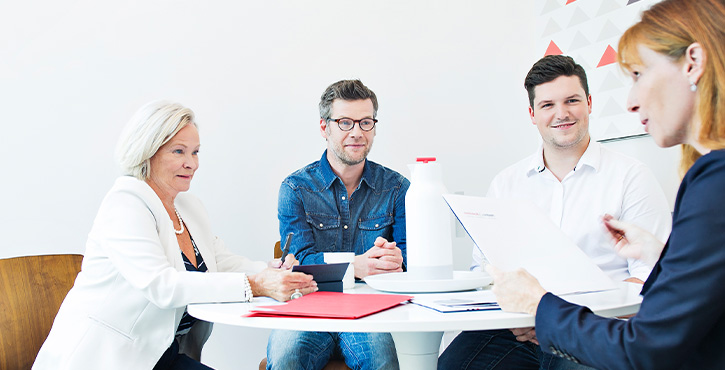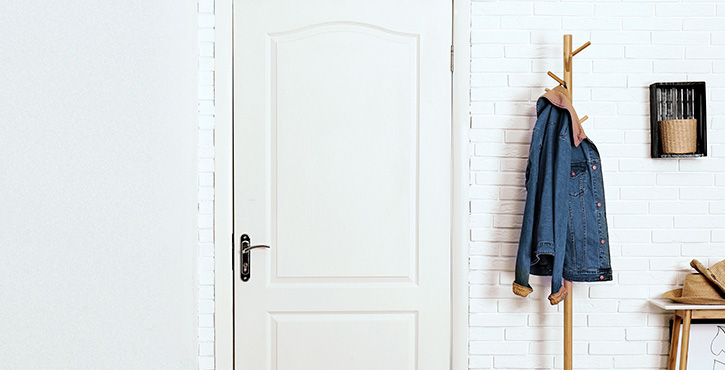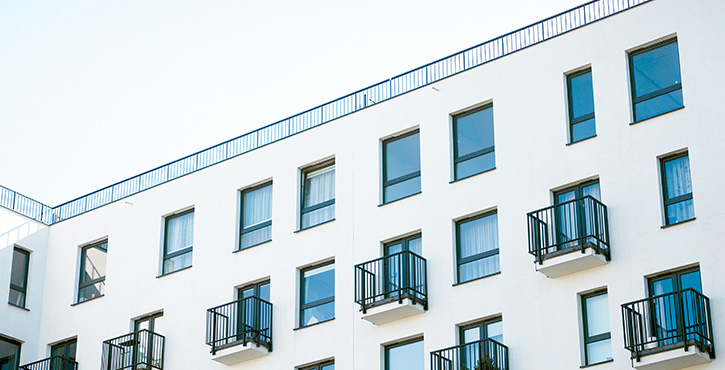Simple everyday actions that can help save water.
Despite myriad awareness campaigns and better water usage habits, Canadians still use a huge amount of water on average. Formerly ranked second among OECD countries in terms of water usage, Canadians have managed to reduce their consumption from an average of 330 L to 250 L per day, including 75 L of hot water every day. Quebec remains the province that consumes the most water per citizen at about 400 L per day. Which is twice as much as Europeans.
Today, many households say they want to reduce their water usage. This is not only good for the planet, but also good for your wallet. To make a difference every day, it’s important to identify what uses the most water in your home. Simple, easy actions can make a huge difference.
In the bathroom
This is by far the room where water usage is at its highest! Between the toilet, shower and/or bath and washing machine, up to 80% of a household’s daily water consumption occurs here. Thankfully, there are several ways to reduce water usage.
- Take a shower instead of a bath since it uses less hot water. Install a low-flow showerhead and if it’s equipped with a shut off valve, cut the flow of water while you lather with soap.
- Install a faucet aerator to control your flow and turn the tap off when you brush your teeth or wash your hands.
- The toilet is a huge source of water waste. Purchasing a low-flow toilet is a good investment but it’s not always possible to install this type of toilet. In these cases, a toilet dam is a good compromise: it can help reduce the amount of water in the tank.
- When it comes to your laundry, use a detergent that will let you wash your clothes with cold water. Don’t worry, clothes washed in cold water are as clean as if they were washed in hot water. Plus, the savings add up.
In the kitchen
Less hot water is used in the kitchen than in the bathroom, but you can still take a few steps to save water here.
- Just like in the bathroom, use faucet aerators. Some models are even pull-out so you can keep this practical feature.
- If your dishwasher comes with an Eco mode, use it as often as possible and always wait until it’s full to start.
- Don’t rinse your dishes before placing in your dishwasher unless they’re very dirty. This unnecessarily uses hot water.
Outside
This isn’t the first area that comes to mind when you want to reduce your water usage. But between the garden, car and pool, there is potential for major savings here.
- Get your car cleaned at a car wash instead of doing it yourself with a hose. These businesses are equipped with devices that recycle water. This means lower water usage and prevents pollutants like calcium or rust from finding their way into municipal water supplies.
- Always keep your pool covered when not in use to prevent the sun from evaporating the water. Make sure there are no leaks in the walls.
- Use rainwater for your plants and your garden. There are many rainwater collection systems available on the market.
- Manually water your plants instead of using automated sprinkler systems. Water them at dusk to prevent evaporation.
In general, maintaining your installations and appliances will lower your water usage. Don’t wait before repairing a leaking faucet, use energy-efficient models when replacing your washing machine or dishwasher and periodically check the condition of your water heater. These steps will help reduce your impact on the environment and lower your electricity bill.
1 These figures come from statistical estimates. Many cities, including Montreal, do not use water metres in homes therefore the exact figures are unknown.




